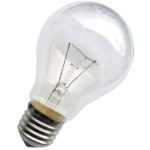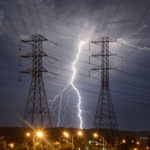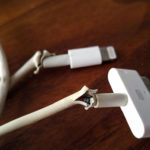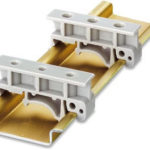The famous American self-taught inventor Thomas Alva Edison was born in Meilene (Milan), Ohio (Ohio) February 11, 1847 and died at the age of 84 in West Orange (West Orange), New Jersey (New Jersey) October 18, 1931. This tireless researcher, talented organizer and entrepreneur earned 40 thousand dollars at the age of 22, by the age of 40 he gained worldwide fame.
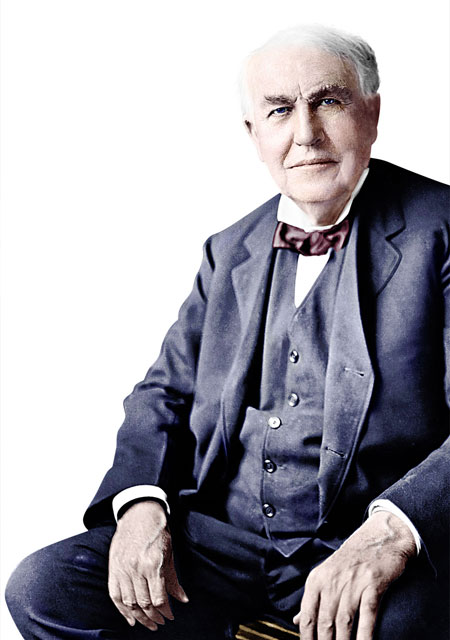
Content
Biography of the inventor
Thomas Edison was the youngest seventh child in the family of a descendant of Dutch millers Samuel Edison and the daughter of a priest, Nancy Elliot Edison. He received a double name in honor of his uncle and captain Alva Bradley, who helped the boy's mother move from Canada to the city of Mayland.
Childhood and youth
7 years after the birth of Thomas, his hometown fell into decay.The bankrupt father decided to move his family to Port Huron, Michigan. Before entering school, the future inventor suffered from scarlet fever, which caused progressive deafness.
In the basement of the parental home, he organized a laboratory. To buy chemicals, he started selling newspapers and candy on the train at the age of 12. At the age of 15, the young man bought a faulty printing press and repaired it. In a baggage car with four assistants, he began to publish a newspaper, and moved the chemical laboratory there. Once, something unsuccessfully exploded during the experiment, for which the head of the train expelled the inquisitive young man from the station.
At the age of 16, Edison accidentally saved the three-year-old son of the head of the Mount Clemens railway station (Mount Clemens). The boy's father, in gratitude, taught the young Edison the telegraph business and helped to get him a job in Port Huron.
For 6 years, the young man moved from one city to another, working as a telegraph operator, spending almost all the money he earned on chemicals and scientific literature. In no place did the future famous inventor linger for a long time. He devoted his free, sometimes working time to experiments, so he was repeatedly fired.
By the age of 21, the inventor already had one patent in his assets, by the age of 22, two inventions. After the sale of the second device, he decided to focus entirely on research activities and promote the technical implementation of his ideas.
Education
The inventor attended elementary school for only 3 months. The educational process was built on memorization and recitation of the lesson in front of the whole class.The head of the educational institution, Reverend Ingle, punished the 7-year-old boy many times for inattention, ridiculed for his restless character.
One day, little Thomas overheard the headmaster informing the school inspector that he considered the boy to be an unlearnable dumbass. He told his mother about it. The woman became furious, brought her son to school and scolded the reverend. She stated that a different approach was needed for the child, and then she herself took up teaching her son at home.
Nancy Elliot Edison worked as a teacher at a prestigious Canadian school before her marriage and was well educated. Under the guidance of his mother, Thomas mastered basic knowledge, regained faith in himself, and began to strive for self-education.
Already at the age of 10, the boy read Hume's History of England, The Fall of the Roman Empire by Gibbon, and a number of other serious books. The craving for experiments in him was formed by Parker's work Natural and Experimental Philosophy.
Personal life
Throughout his life, Edison's deafness progressed, which limited personal contacts. But this fact did not prevent the inventor from marrying twice.
He first married 16-year-old Mary Stilwell in his laboratory in 1871. His wife gave him a daughter and two sons. She died in 1884 at the age of 29 of unknown causes. Researchers believe that Mary's death could have been caused by a brain tumor or morphine poisoning, which in the late 19th century was prescribed by doctors to treat various women's diseases.
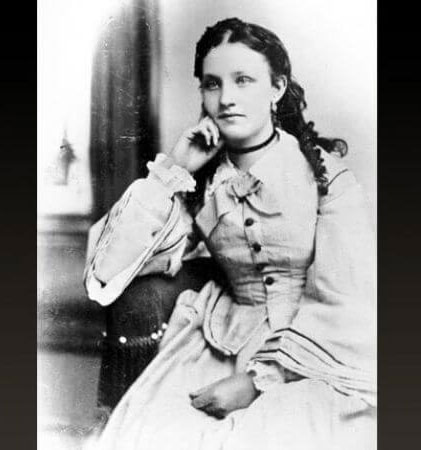
In 1886, 39-year-old Edison married the daughter of inventor Lewis Miller, 20-year-old Mina Miller.Thomas, in love, taught the girl Morse code, then he proposed to her in the "language" of dots and dashes. As a wedding gift, he gave his second wife the Glanmont Villa, which he purchased 60 kilometers from New York. Mina gave birth to two sons and a daughter to the inventor, led an active secular lifestyle and was not offended by her husband for his dedication to work.

Carier start
The electoral vote counter was the first creation of the inventor. The device worked too slowly, so the Americans did not appreciate it. Once Edison repaired the telegraph machine in the Gold and Stock Telegraph Company, thanks to which he got a place in it. Already in 1871, he was able to improve the system that was used to transmit exchange bulletins about the price of shares and gold by telegraph.
It was this system that the firm purchased from him for $40,000. On the fee received, the young man, together with a colleague, founded a company engaged in the production of exchange telegraphs, and Western Union bought future inventions from him for 5 years in advance.
In 1876, Edison moved to Menlo Park, where he began building a research laboratory. In it, he gathered talented employees and qualified assistants, to whom he transferred the management of some of the developments and experiments. In 1887, Edison bought land near the villa and moved the laboratory to West Orange.
How Thomas Edison works
The inventor worked 16 or more hours a day, even in old age. The principle of his work he chose repeated repetition of experiments.This approach helped him find a solution when he could not figure out the cause of the problem.
He reproduced the experiences of his predecessors, extracting the maximum benefit from them. After that, he proceeded to his own experiments, not paying attention to financial costs. In order to achieve results, he varied the methodology and direction of research, cooperated with industrial and laboratory research.
A few quotes from Thomas Edison illustrate the secret of his success:
- "Genius is one percent inspiration and ninety-nine percent perspiration."
- “You only need to invent what will be in demand.”
- “Our big drawback is that we give up too quickly. The surest way to success is to keep trying one more time.”
Edison was distinguished by the ability to work on solving several problems at once. By the end of his life, he founded 15 companies, became the owner of patents for 2,000 inventions.
What did Edison invent?
The ingenious American made the expression his motto - "This can be done better!". He alone, then together with the workers of his laboratory, created a large number of new devices and improved the inventions made by other people.
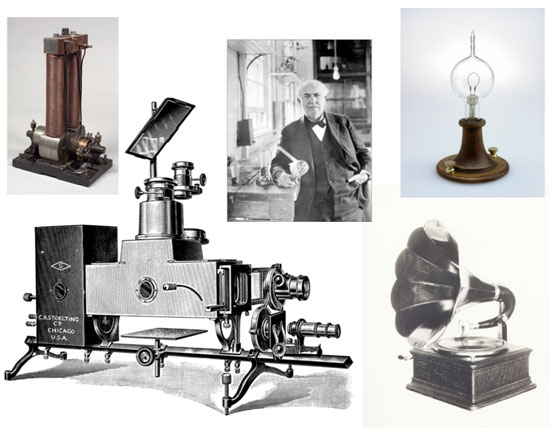
He was the first to put an aerophone, a vote counter in elections, into the piggy bank of his discoveries, but Edison brought money and worldwide recognition to:
- ticker device;
- carbon telephone membrane;
- quadruplex telegraph;
- mimeograph;
- phonograph;
- carbon microphone;
- incandescent lamp with carbon thread;
- kinetoscope;
- electric chair;
- iron-nickel battery;
- fluoroscope;
- tasimeter;
- megaphone;
- pyromagnetic generator.
For the distribution of electric lighting, he developed a screw lamp base, socket, socket, fuses, plug, light switch. On his account, the formulation of a cement mortar with fast setting, increased fluidity, as well as the organization of the production of cheap cement, carbolic acid, phenol, benzene and other substances.
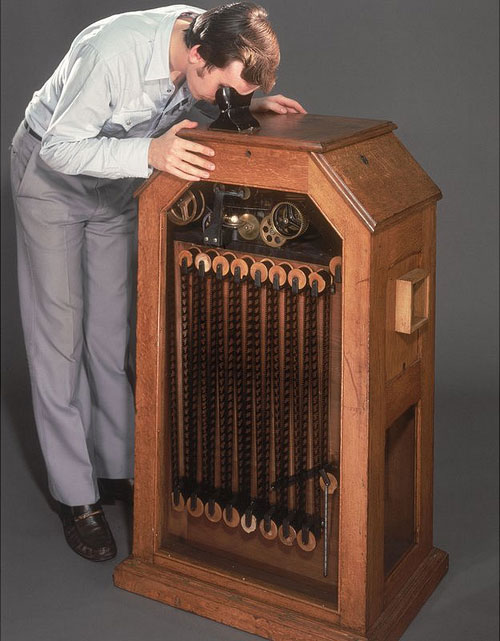
Last years of life and death
In his declining years, the inventor lived measuredly and calmly. He wrote memoirs, together with Dinudi developed an electrical device designed to communicate with dead people, was close friends with his neighbor Henry Ford, raised his grandchildren and until the last day was engaged in the affairs of the laboratory.
Complications caused by diabetes did not allow the inventor to live only 4 months before his 85th birthday. He died on October 18, 1931. On October 21, on the day of Edison's burial, electric lighting was dimmed for 1 minute in the United States as a sign of American respect for the great compatriot.
10 most interesting and rare facts about Edison
In the life of the inventor there was a resounding success, failed projects, interesting events and ambiguous situations.
- Edison was working on a version of the helicopter that could use gunpowder as fuel. He had to abandon this development, because as a result of the experiments, part of the factory was destroyed by a series of explosions.
- The inventor came up with the tradition of starting a telephone conversation with the word hello, which in the Soviet Union was transformed into "Hello".
- An American built a model house out of concrete. It turned out to be unsuitable for life, so it was demolished.Then the inventor tried to popularize chairs, tables, and other interior items made of this material, but the uniqueness and long service life of the furniture did not interest potential consumers.
- Thomas Edison held patents for basic filmmaking processes. In the state of California at that time, patents did not have legal force. In order not to make deductions to him, all the major film studios settled in the vicinity of Los Angeles, Hollywood.
- The Leo Tolstoy Museum Yasnaya Polyana houses a chronograph. Engraving machine: "Gift to Count Leo Tolstoy from Thomas Alva Edison" the inventor sent to the writer in 1908 when he learned of his desire to make recordings of his voice.
- The enterprising American actively defended his profits. Significant patent royalties for the use of permanent current. The introduction of alternating current, advocated by Nikola Tesla, was not economically profitable for him. To defeat a competitor, he began to prove the dangers of alternating current and even invented the electric chair.
- After the invention of the phonograph, Edison made talking dolls. Of the 3 thousand, only 500 pieces were sold, but buyers returned most of them. Due to the imperfection of the miniature apparatus, the toys could repeat the recording of a sound of terrifying quality only 10-15 times.
- A great organizer provided a financial base for his gifted employees and then filed patents in his name.
- Edison achieved world fame during the World Exhibition in Paris in 1889. Recognizing his contribution to science, the President of France awarded him the Order of the Legion of Honor, the King of Italy awarded him the Order of the Crown, which elevated the inventor and his wife to the title of count.
- When Edison fell ill, he moved around in a wheelchair for some time. Henry Ford purchased the same stroller for himself. Friends and part-time neighbors arranged wheelchair races for them.
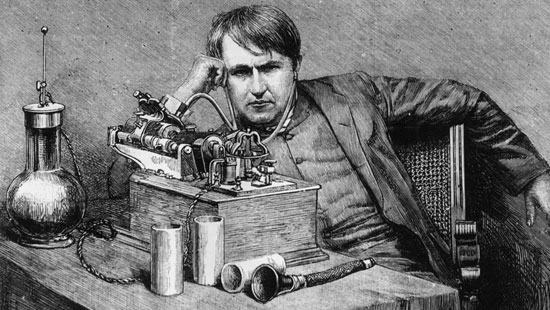
The energy, perseverance, determination and business acumen of Edison can hardly be overestimated. Even now, 16% of America's GDP, according to experts, is provided by the further development of his inventions. In 1983, the US Congress decided to consider Thomas Edison's birthday, February 11, National Inventor's Day, which fixed the name of this undoubtedly bright personality in the history of the country.
Similar articles:
